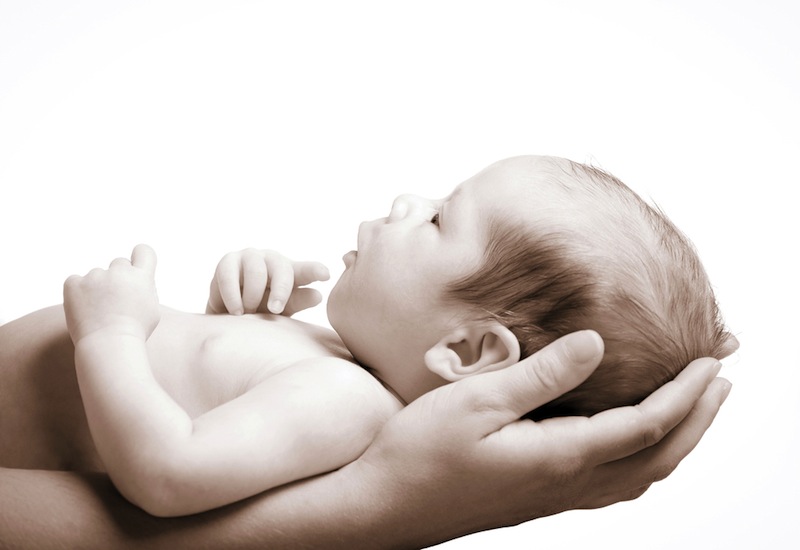More Women Having Their First Baby at Older Age

The percentage of women who have their first baby when they are between 35 and 39 years old is now rising again, after briefly decreasing in recent years, a new report finds.
For every 1,000 women between ages 35 and 39, there were 11 who gave birth for the first time in 2012. This was an increase from the 2010 rate of 10.4 first births per 1,000 women in this age group, according to the report, released by the Centers for Disease Control and Prevention (CDC).
Between 1970 and 2006, the rate of women who had their first baby between ages 35 and 39 increased sixfold — rising from 1.7 first births per 1,000 women in 1973 to 10.9 first births per 1,000 women in 2006 — before dipping slightly to the 2010 rate.
The regions with the largest recent increase in the rate of first-time mothers ages 35 to 39 were the District of Columbia, New York, North Dakota, Oregon, Rhode Island, South Dakota, Washington and Wyoming. Meanwhile, rates remained stable in Arizona, Idaho, Mississippi and Oklahoma. [Blossoming Body: 8 Odd Changes That Happen During Pregnancy]
Researchers also found that the rate of first births for slightly older women — those between ages 40 and 44 — started rising in the 1980s, and more than doubled between 1990 and 2012. There were 2.3 first births for every 1,000 women in this age group in 2012, compared with 0.5 first births per 1,000 women in 1985.
The first-birth rate for women ages 40 to 44 increased most sharply between 1990 and 2012 in the District of Columbia, Minnesota, Nebraska and South Carolina, according to the report.
Although there are more health risks for the babies born to mothers at older ages, older mothers tend to be better educated and more likely to be well prepared to take care of their babies financially, compared with women who have their first babies when they are younger, according to the report.
Sign up for the Live Science daily newsletter now
Get the world’s most fascinating discoveries delivered straight to your inbox.
This report is based on data from the Natality Data File from the National Vital Statistics System.
Follow Agata Blaszczak-Boxe on Twitter . Follow Live Science @livescience, Facebook & Google+. Original article on Live Science.









